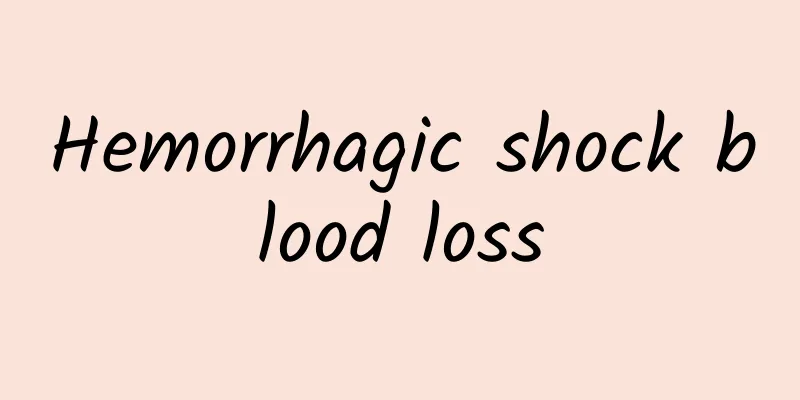Treatment of low glomerular filtration rate

|
As we all know, one of the five internal organs of the human body is the kidney, which is mainly responsible for removing harmful substances from the human blood and plays an important role in the human body. The transmission of harmful substances in the kidneys is mainly carried out by the glomerulus, which plays a filtering role. Abnormal glomerular filtration rate will cause many complications and harm to the human body. Therefore, glomerular filtration rate is an effective indicator for detecting kidney problems in clinical medicine. The main symptoms of lost glomerular filtration rate are: decreased urine volume, anuria, etc. This article will briefly introduce related issues. A low glomerular filtration rate refers to the amount of ultrafiltrate produced by both kidneys per unit time (per minute), which is called the glomerular filtration rate. It is one of the important indicators to measure renal function. Decreased glomerular filtration rate can be seen in (1) Various primary and secondary kidney diseases that affect glomerular filtration function. (2) As people age, the glomerular filtration rate gradually decreases. After the age of 40, the glomerular filtration rate decreases by 1.15 ml/min each year. Normal reference value For men it is (125 ± 15) ml/min; for women it is about 10% lower. Low glomerular filtration rate A decrease in glomerular filtration rate means that it is lower than the normal standard. The amount of filtrate generated by the two kidneys per unit time is called the glomerular filtration rate (GFR), which is about 125ml/min for a normal adult. The ratio of glomerular filtration rate to renal plasma flow is called filtration fraction. The renal plasma flow is about 660 ml per minute, so the filtration fraction is 125/660×100%≈19%. This result indicates that about 1/5 of the plasma flowing through the kidney is filtered into the cystic cavity by the glomerulus to form primary urine. Glomerular filtration rate and filtration fraction are measures of kidney function. A significant decrease in glomerular capillary blood pressure, renal vasoconstriction, changes in filtration membrane permeability and filtration area can all lead to a decrease in glomerular filtration rate. How to treat low glomerular filtration rate Such as lowering blood pressure, controlling infection, administering hormones and immunosuppressants, limiting protein and phosphorus intake, and prohibiting nephrotoxic drugs. Since the antihypertensive drugs used in conventional treatment only work to lower blood pressure, antibiotics mainly eliminate lesion infections, and the functions of hormones and immunosuppressive drugs are only to inhibit certain types of immune factors and certain immune activity links in the immune response, therefore, although the condition can be alleviated and relieved during treatment, the continued development of kidney disease cannot be avoided because the immune damage cannot be eliminated and the kidney's resistance to damage and repair function cannot be enhanced. This is also the main reason why chronic nephritis is difficult to cure. |
<<: Quick remedies for cold and headache
>>: Do brain tumor patients have headaches every day?
Recommend
Urethra bifurcation after circumcision
Foreskin is too long is a problem that many men h...
How to whiten dark skin, tips for skin whitening
Everyone loves beauty, and whitening is what many...
Multiple bullae in the upper lobes of both lungs
Multiple bullae in the upper lobes of both lungs ...
What to do with rheumatic shoulder pain and how to treat it better
Rheumatic pain can have a great impact on the pat...
The harm of dermatitis, you must pay attention to these four points
Dermatitis is a common skin disease that occurs i...
What are the precautions after cupping?
Cupping is an important treatment method in Zheng...
Acne on the face due to internal heat, four methods can help you easily remove it
In life, people will experience some discomfort s...
Introduce the effects of Mai Meng Green Juice
Barley leaf juice has the function of balancing t...
Let's list what to eat to get rid of blood
Female friends all know that there are always a f...
What causes foamy stools?
For adults, if there is foam in the stool, you sh...
Itchy throat, cough, chest discomfort
If you have an itchy throat, cough, or chest disc...
Can I eat white sweet potatoes when I’m pregnant?
White sweet potatoes are a very common ingredient...
What method can be used to remedy the problem of touching cold water during menstruation?
Menstrual problems are issues that women attach g...
What medicine is good for chronic cough caused by Yin deficiency?
The symptom of Yin deficiency and long-term cough...
What diseases can Wulingshen treat?
What diseases can Wulingshen treat? Wulingshen is...









